Why Publishers Hire Professional Designers for Book Interiors
Recognizing the Value of Professional Design I want to compliment designer Andrea Reider for her guest post on Jane Friedman’s blog last week. It really did get me thinking. The…
FAQ & Articles
Answers to some of the most common questions I hear. If you have additional inquiries, please reach out to me. I’m happy to help.
What are your goals for your book? Do you want to have your book prepared for the “trade”—that is, to sell in bookstores or online? Will you only directly sell your book? Or is this book for a special audience, in a limited distribution? This is the fundamental question when contemplating publishing your book.
Understand, you can create and print a book without publishing it. A printer takes your fully formatted and print-ready manuscript and cover files, prints them out, and binds them together. You can give these books to friends and family, sell them on your website, or distribute while giving presentations. I can help you with this, too.
But my point is that printing is not publishing. And (most) printers are not publishers (and most publishers are not printers).
“Publishing” refers to creating a book destined for bookstores and online sales. In addition to the writing, editing, and design, a published book must be marketed and promoted. It must then be distributed to bookstores or online booksellers. Finally, there must be some mechanism for fulfilling book orders.

The publishing industry exists to create, promote, and sell a particular kind of product—books. The big players have the advantage of economies of scale, while the smaller publishers are more nimble, specialized, and flexible in their processes. But this is a business, and as such, people will try all sorts of things to offer more value than their competitors.
Whatever your goals for your book, I can help guide you through the process.
I recommend getting your designer involved early in the process—for example, in a novel when you’ve completed developmental edits or are starting to think about advanced marketing. A nonfiction book, especially a complex book, would benefit from a designer’s involvement as the content is being finalized, as the structure might affect the editing or content decisions.
An initial consultation at this early stage helps orient me to your plans. We can discuss preliminary production, pricing, and schedules as well to give you a clearer picture of your budgetary requirements.
Typically, actual design work begins once the developmental edit is complete. The manuscript must be ready for others to begin reading it, and then we can begin developing the visual structure of the book.
Typesetting of the book—the importing processing of the final manuscript—takes place after the layout is created and approved, and then only once ALL edits are complete in the manuscript—after line edits and copy edits.
If the book will be sold through distributors, you will want at least the cover, if not a full advanced reader copy (or galley), to be completed months before your planned publication date. This allows time for your promotional efforts, including book reviews.
It’s important to understand that book designers and illustrators have distinct roles. A book designer focuses on the book’s overall layout and visual elements, including typography and cover design, while an illustrator specifically creates artwork for the content.
Both are crucial yet uniquely specialized in their fields.
That said, as a designer, I sometimes create or source stock illustrations and photography—spot art, cover art, etc.—when needed for a project. But a fully illustrated book, or one requiring many consistent drawings, or technical and/or highly stylized illustrations, would benefit from the hand of a dedicated illustrator.
An art director (or designer also handling art direction) would coordinate the efforts of these two different creatives.
One of the great debates in the world of graphic designers is whether the style of the designer should be apparent. On the one hand, we work to solve visual problems in a way that reflects the brand and identity of the client we are designing for—not ourselves. Nonetheless, designers are also artists and put their stamp on the message being delivered.
In my own work, I try to bridge that divide. I like to balance opposites. White space is a luxury of design I try to include, but I also relish compact function and minuscule details. I like to inject some visual whimsy and delight while still following traditional layout rules. I favor photographic cover art but also enjoy using simple line illustrations on covers and interior elements. And I’m big on visual emotion, which is only possible with clean art and bold typography.
I am a thinker, a tinkerer, a ponderer, and a wanderer. Design is developed and created; it is never spontaneous. Design is inspired by the world around us and the world within. I encourage you to explore my portfolio for a glimpse of the possibilities.
In addition to your book’s synopsis, technical details are key, such as estimated word count and planned structural elements (including chapters, contents, tables, and image usage). It also helps me to know your plans for marketing and distribution.
I like to see samples of titles, covers, and other visual elements that you admire. Can you imagine how the book will look? Have you created any sketches? Can you describe it in words? Please share anything that might help me visualize your preferences.
Ultimately, I need to get inside your head, to learn to see this book the way you see it, and anything that helps that process is good. The more information, the better!
I understand the need to manage costs, and the desire for creative control, not to mention the sense of accomplishment that comes with a DIY project. I’m the same way! So my answer will depend on what your hopes are for the book once it leaves your hands.
I believe anyone can learn to design a book, both the cover and the interior. These are very different types of design with unique objectives. But like any professional skill, it will take time, training, and practice to learn how to do either right. Professional book designers have created many books and have had the opportunity to learn from their successes and mistakes along the way.
Do you expect your book to be widely distributed, stocked in bookstores, and read by professional reviewers? Do you want your readers to feel that it is well-made? Whether consciously or not, people know what a well-designed book looks like. To be considered a legitimate player, you will need to look the part. Do you have the energy and time to learn what that means? Are you willing to be visually creative and get out of your own head to be able to see the book as others will? Can you learn the software it will take to create it? Do you understand the technical details of what printers and print and e-book distributors are looking for?
The success of your overall project requires mastery of the subtlety and nuance of design. In addition, you must understand the complexity of the print production and publication world. It just isn’t possible to become an expert at it all unless you are a full-time designer.
It is up to you. However, my clients understand that it is better to spend their energy on writing and spend their money on a creative partner for design. Someone who will bridge the divide between author and reader. Someone who can connect their text with the look and feel of the cover and interior.
The number-one rule of manuscript formatting is this: whatever you do, do it consistently!
Once your manuscript is finished, fully edited, and ready for typesetting, I will take your file and convert it into the page layout software—usually InDesign.
Ideally, a manuscript is as clean as possible. Other than clearly defining the structure (chapters, headers, etc.), and using italics for text that must be italicized and bold, leave all other formatting to me. Don’t worry about fonts, page size, margins, justification, line spacing, or other visual aspects of the book—that is all determined by the layout and design of the book’s interior and will be applied after the manuscript is imported. Things like double spaces after a period, tabs to indent paragraphs, and any typographic no-nos will all be cleaned up later. Don’t waste time worrying about these details. Nor do you need to worry about the table of contents, tables of figures, or index.
If your book contains images—photographs, illustrations, or other elements that break out of the normal flow of the text—I will need to know where these should be placed. We’ll develop a convention for identifying suggested placement and captions, typically using square brackets or some other distinctive treatment.
If you want to apply formatting in your manuscript, I suggest using the paragraph and character style panels of your word processor. Just be sure to use them uniformly and consistently.
I wish I could give a blanket answer to this question. However, pricing depends upon the details and requirements of the cover and interior, production demands, timelines, and project objectives. As you might imagine, each project is unique. I can only determine pricing and schedules after we discuss your book, your goals for it, and your production budget.
Let’s find a time to talk, and I’ll be happy to give you some ballpark ideas. In general, I can work with you to find options that meet your budget and time constraints. But remember: your book will live forever. You will never regret the investment you make in getting it right.
The first step is for us to talk. I’d love to hear about you and your book. I need to understand your goals, which will shape the design and production process. I want you to succeed in whatever way you define success.
From there, I’ll provide you with a written proposal outlining the scope of work. I’ll start the process of research and information gathering once I receive your deposit—typically 50% of the estimated total. We’ll have more conversations together and look at the preliminary materials.
Throughout the process, we’ll continue to communicate. I will tell you exactly what is happening, share my perspective, and help you resolve any problems. We’ll discuss the design of the cover, with several concepts and a couple of rounds of review. Next comes the layout of the interior, flowing the final manuscript into the layout, plus manual adjustments and at least one round of proofreading. Finally, I prepare the print-ready files and deliver them to you.

I believe the world is better when we share ideas. I never stop learning, growing, or seeking new inspiration, and I take joy in sharing my knowledge with others.
I invite you to join me as I delve into technical topics, design considerations, industry trends, recommended resources, and other arcane subjects. I also share my artistic explorations in printmaking, photography, book arts, collage, and other fascinating endeavors.
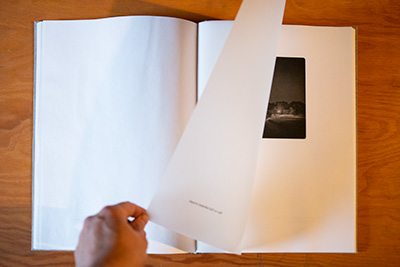
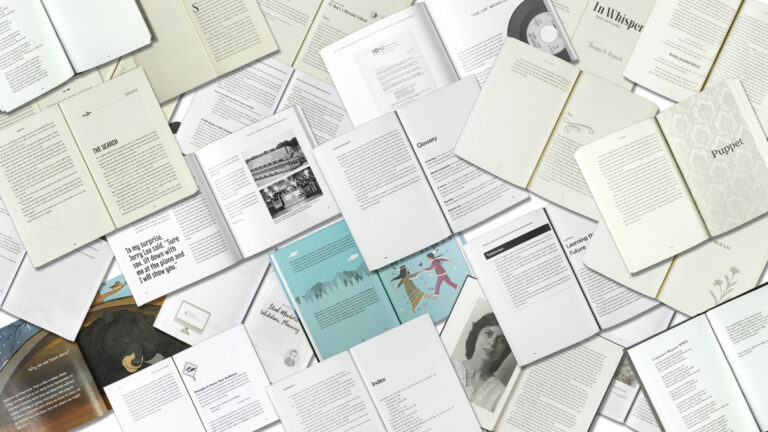
Recognizing the Value of Professional Design I want to compliment designer Andrea Reider for her guest post on Jane Friedman’s blog last week. It really did get me thinking. The…

Paul Nylander and three other designers discuss their career paths at this AIGA Minnesota Lunch and Learn. Design is more than the rules!
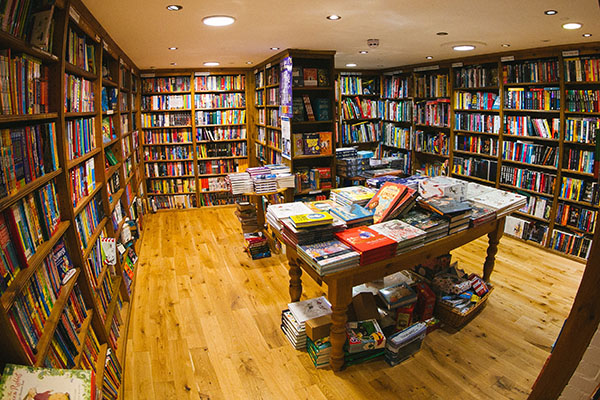
As a small indie press you might actually prefer that people could buy your latest book at the local book store. The irony is that the system is set up to make that very difficult and very expensive for you as a publisher.

Strengths and weakness of of the primary “print-on-demand” (POD) printers for small indie publishers (including self-publishers): Amazon’s KDP versus Ingram’s IngramSpark.
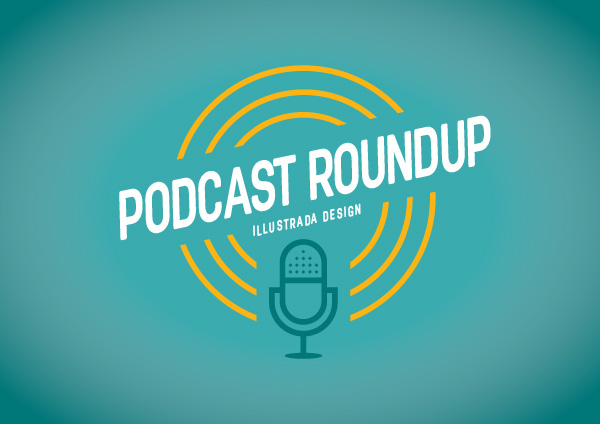
A wrap-up list of the useful podcasts on the publishing ecosphere I’ve listened to lately: business, promotion, and production.
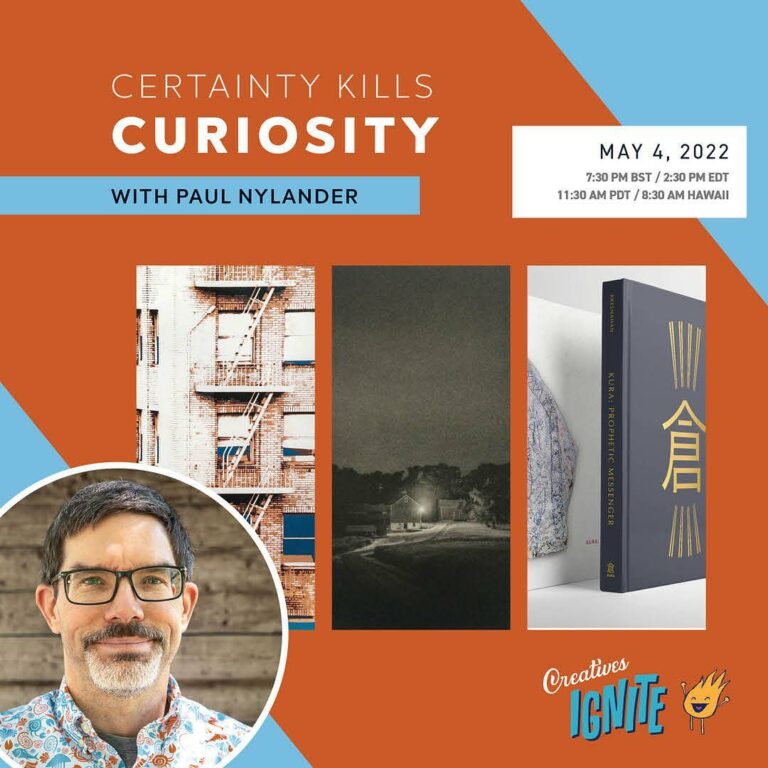
“The paradox of Paul Nylander is that I’m proudly enigmatic myself, but I’m driven to understand how the world works, and share that knowledge with others.”

A simple example to introduce the idea of publishing economics.

One of the more perplexing questions to answer in preparing a book for production is what paper to use. Here I walk through the numbers, and explain my recommendations.
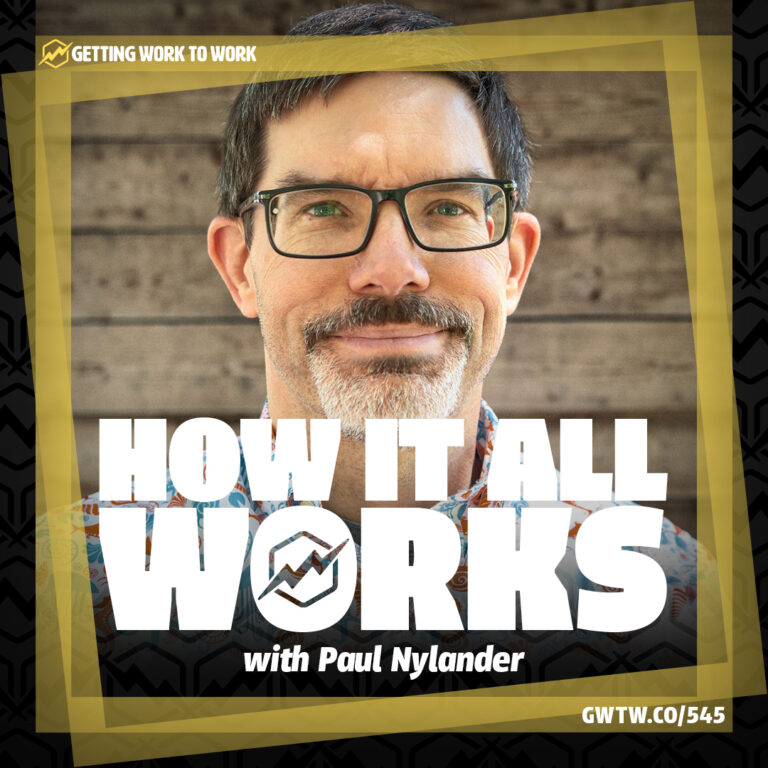
For the curious among you … An interview with Paul Nylander about life, curiosity, how quantum chromodynamics is tied into design, and other other crazy ideas.
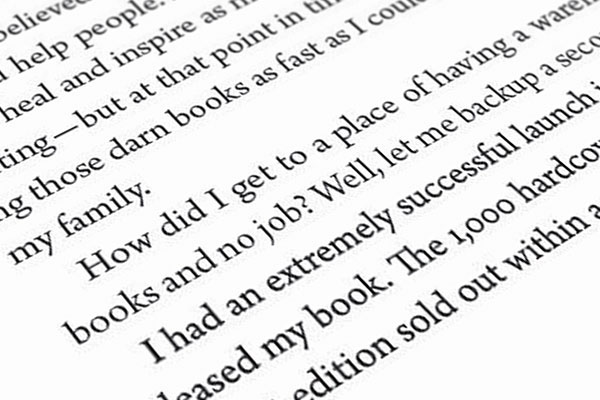
The hallmark of good book typography is an even “color,” or broad tonality, across the page. Here is a before and after example of book typesetting.
